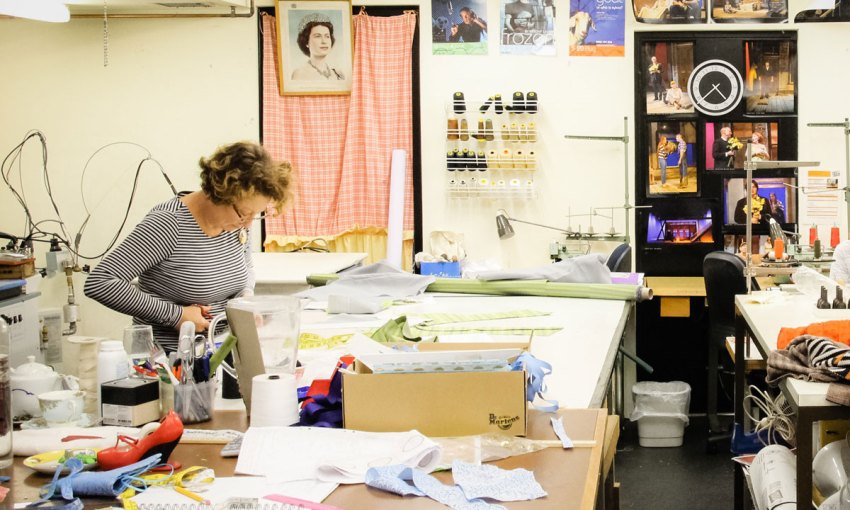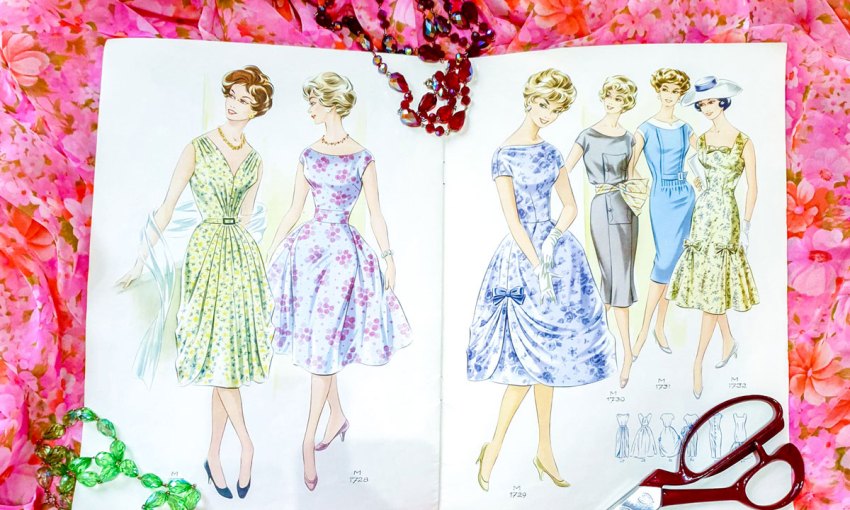The wardrobe wizards at State Theatre Company SA have been sewing up a storm during the recent hiatus in live performance, working on costumes ranging from a colourful collection of new ’50s-style dresses to a menacing Medieval plague doctor’s outfit.
Clothes encounters of the theatrical kind
A photo posted on social media of three gorgeous vintage-looking frocks gives a hint of what’s been going on behind the scenes at State Theatre in recent months.
The dresses were created by wardrobe production supervisor and skilled seamstress Enken Hagge using vintage patterns, fabric from the company’s existing stock, and recycled buttons and buckles.
“What we have noticed, because we do a lot of hiring, is that we don’t have many items for larger sizes, particularly for women,” says State Theatre head of wardrobe Kellie Jones, explaining that authentic period wear reflects the fact that women tended to be smaller 60 or 70 years ago.
“They all wore corsetry, and as time has gone on we’ve all got more robust.
“Enken used the fabrics we had on hand. Normally we draft all our own patterns, but she drafted them from vintage patterns (pictured above) and made them in those larger sizes.”
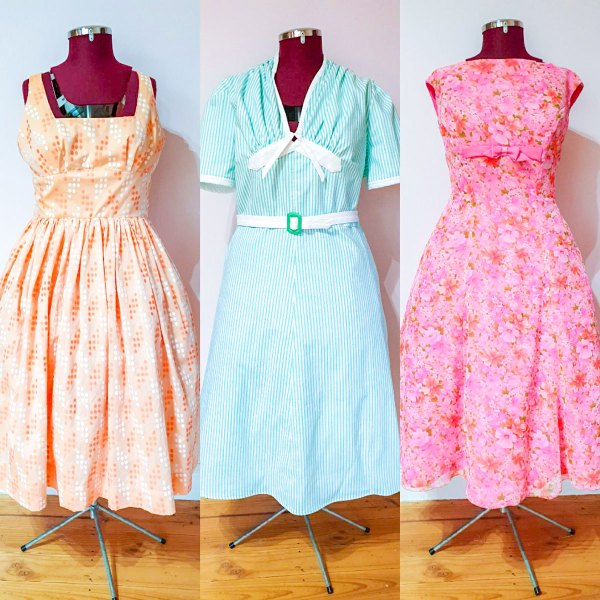
The new dresses, which will be available both for hire and use in the company’s own productions, are just one of projects Enken, Kellie and costume maker Martine Micklem have been working on since the COVID-19 restrictions interrupted State Theatre’s planned 2020 season of plays.
With a regular schedule of around eight shows a year, the team usually has little spare time to sort and repair the thousands of pieces of clothing in its costume store – let alone make new pieces to fill gaps in the collection.
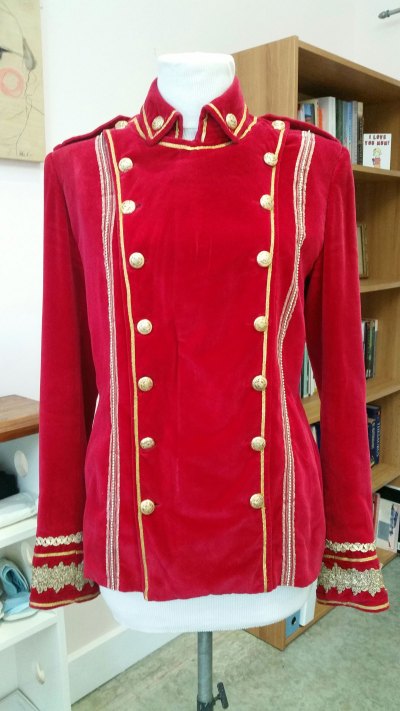
The pandemic shutdown, says Kellie, is the first time since moving to the Wigg & Son workshop about two years ago that they’ve had the opportunity to “knuckle down and go through everything”.
“A lot of our stock is 50 years old,” she says.
“These items aren’t just worn once and put away for a couple of months and worn again. If you have a theatre show, you have three to four weeks of solid performances, one to two shows a day, so we have to ensure every item is capable of lasting that long in terms of wear and tear.”
Kellie enjoys revamping old costumes and has been giving some love and attention to a range of military clothing and period nursing wear.
Some of the items date from the early 1980s and still have labels sewn into them with the names of the actors who wore them during State Theatre productions – including a jacket worn by Essie Davis, star of the television series Miss Fisher’s Murder Mysteries.
The repairs range from the invisible – such as replacing linings, elastic and shoulder pads or repairing rips – to more obvious improvements such as making epaulettes and adding new brocade or buttons.
Meanwhile, in addition to the vintage dresses, Enken was inspired by the coronavirus pandemic to create a Medieval plague doctor’s costume comprising a full-body cloak and an impressive – if somewhat disturbing – bird-like mask.
“Doctors [in the 15th century] often wore these masks with giant hook noses,” Kellie says.
“Basically they would fill the nose section with sweet-smelling herbs and bits of orange peel and citrus and things to take away the smell of the plague because they believed that protected them from it.”
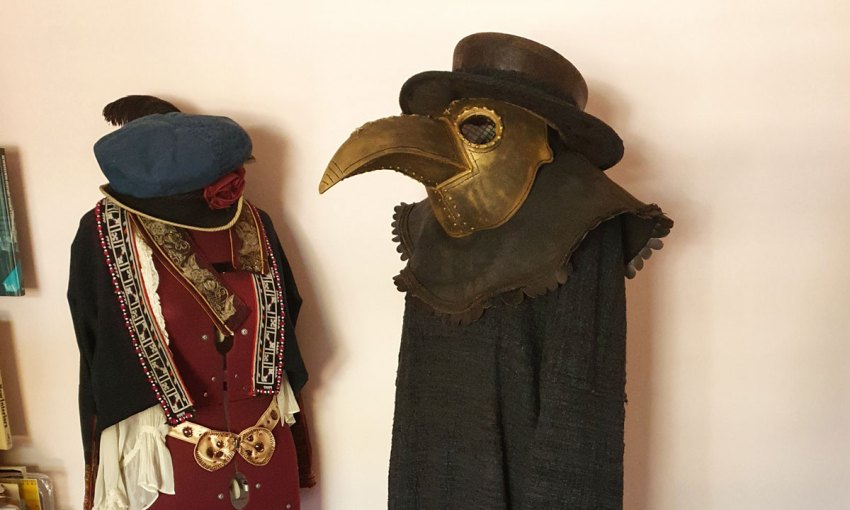
The costume is “a bit of fun”, but in the theatre world, you never know when such a thing might come in handy.
“Coming out of COVID, I think people might be interested in doing things that are plague-focused, but it’s also great for display purposes or for historical purposes, and for design students to refer to,” Kellie says.
“This period has been great for our own professional development. We wouldn’t normally get to make those kinds of masks for our shows, but there are shows where we are called on to make headpieces and quite ornate masks, so you have to keep your skills up in different areas.”
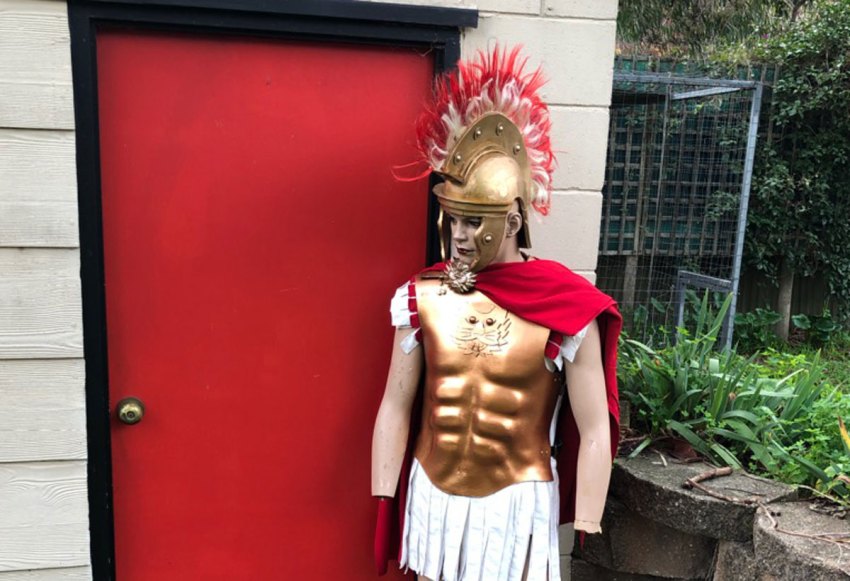
Martine, whose specialty is working with textiles and three-dimensional designs, has let her creativity fly with new suits of Roman armour and helmets made from scratch with materials mostly found around the home – including the bristles of a broom, part of an old trophy, a wig and even a yoga mat.
The costumes reflect the fact that much of the wardrobe department’s craft relies heavily on repair and recycling.
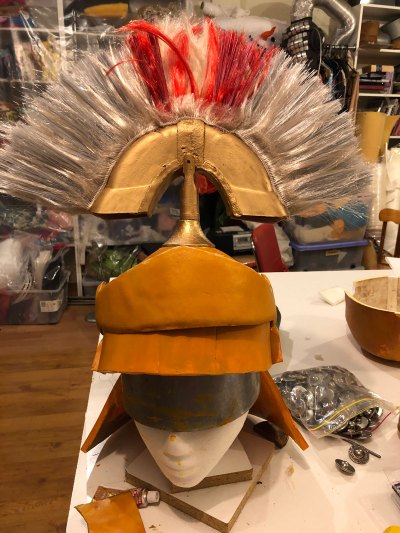
It also receives donations – with one of the most recent being chain mail and excess fabric from the production of the martial-arts fantasy movie Mortal Kombat, which was filmed in Adelaide.
Other donations of old clothing and fabric come from deceased estates.
“Traditionally, women did a lot of sewing in the ’40s, ’50s and ’60s and some accumulated huge stores of fabric that they never got around to using,” Kellie says.
“A handful of times over the years we’ve had a call to come out to a house and the family has said, ‘Please take what you want’, and we’ve come back with two or three carloads of genuine vintage fabric and buttons and accessories.”
In addition to its extensive range of period wear, State Theatre’s wardrobe department has a special section it calls “broken down”. Useful for shows like My Fair Lady, Samuel Beckett’s Waiting for Godot or pretty much anything Dickensian, it includes items of clothing that have been torn or ripped or stained. They may also have had sandpaper rubbed on the collars or elbows to make them look worn.
“Not every production wants costumes that are pristine and looking good; some productions need people to look like they are beggars on the street or very poor,” Kellie explains.
As well as hiring costumes to South Australian schools, independent theatre companies and amateur dramatic societies, she says the company also has relationships with designers who work on film productions.
It loaned shirts and jackets for the ABC television series Pine Gap, and some of its men’s clothing features in the recently released thriller Escape from Pretoria, which stars Daniel Radcliffe and is based on the real-life jail escape of three political prisoners in South Africa in 1979.
“It’s about establishing relationships with other arts makers, so you don’t always have to have everything but you can share.”
